Incorporated in 1866, Ventura is a 152-year-old coastal city along California’s Mission Trail.

In fact, the Old Mission San Buenaventura—in the city's historic downtown, just a little more than a half-mile inland from the nearest beach, as the seagull flies—really put Ventura, California on the map.

The mission's patron is Ventura’s own namesake, Saint Bonaventure—a 13th-century Italian philosopher, Franciscan mystic, and "doctor" of the church.
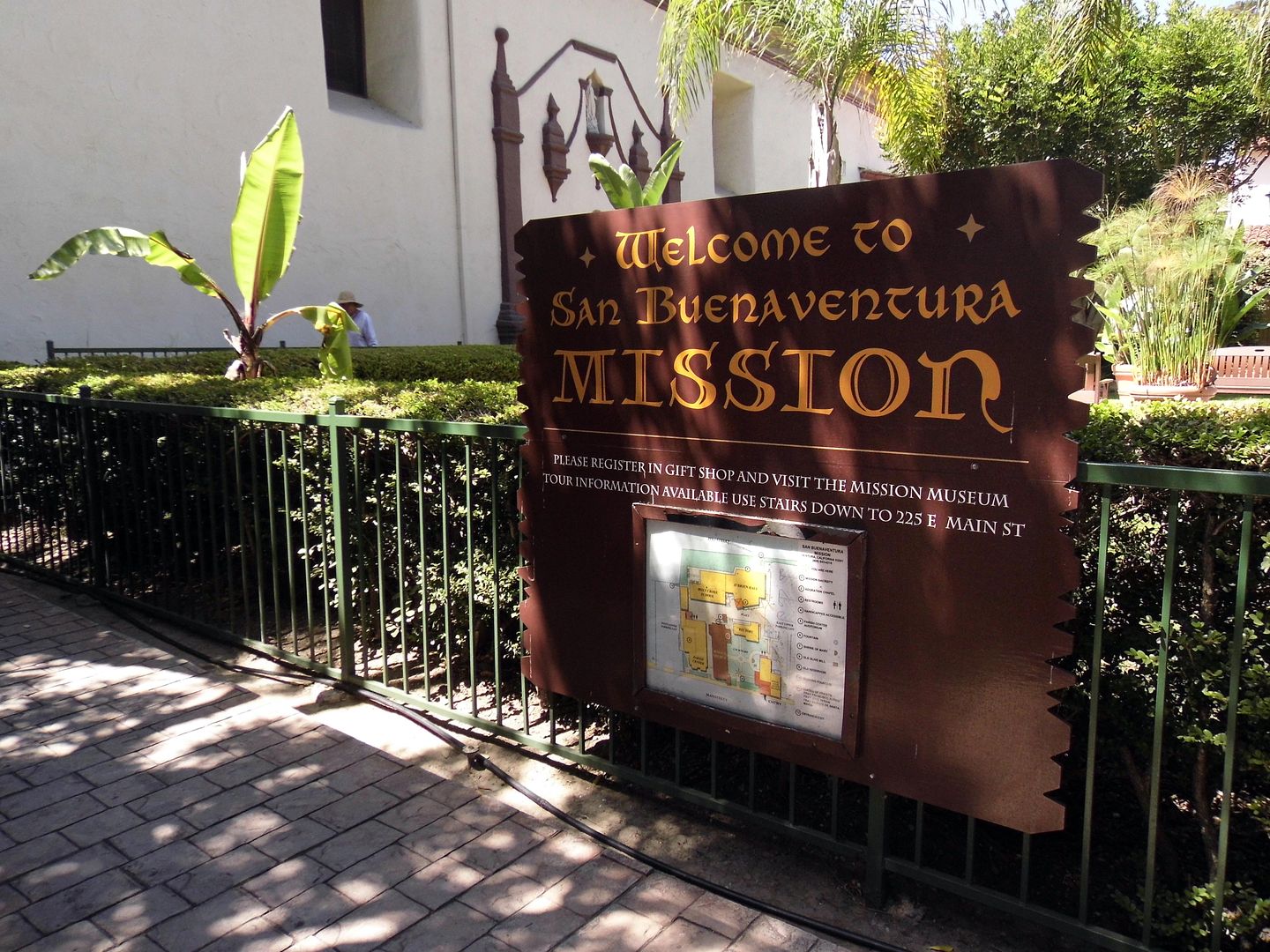
The ninth of the Spanish missions to be founded in California, it was actually the last to be established by Franciscan friar Junípero Serra—in 1782, two years before the now-canonized padre died.

The circa 1929 museum's artifacts include an olive press and two original wooden bells once used during Holy Week when the metal bells were silenced—although no one really knows why.
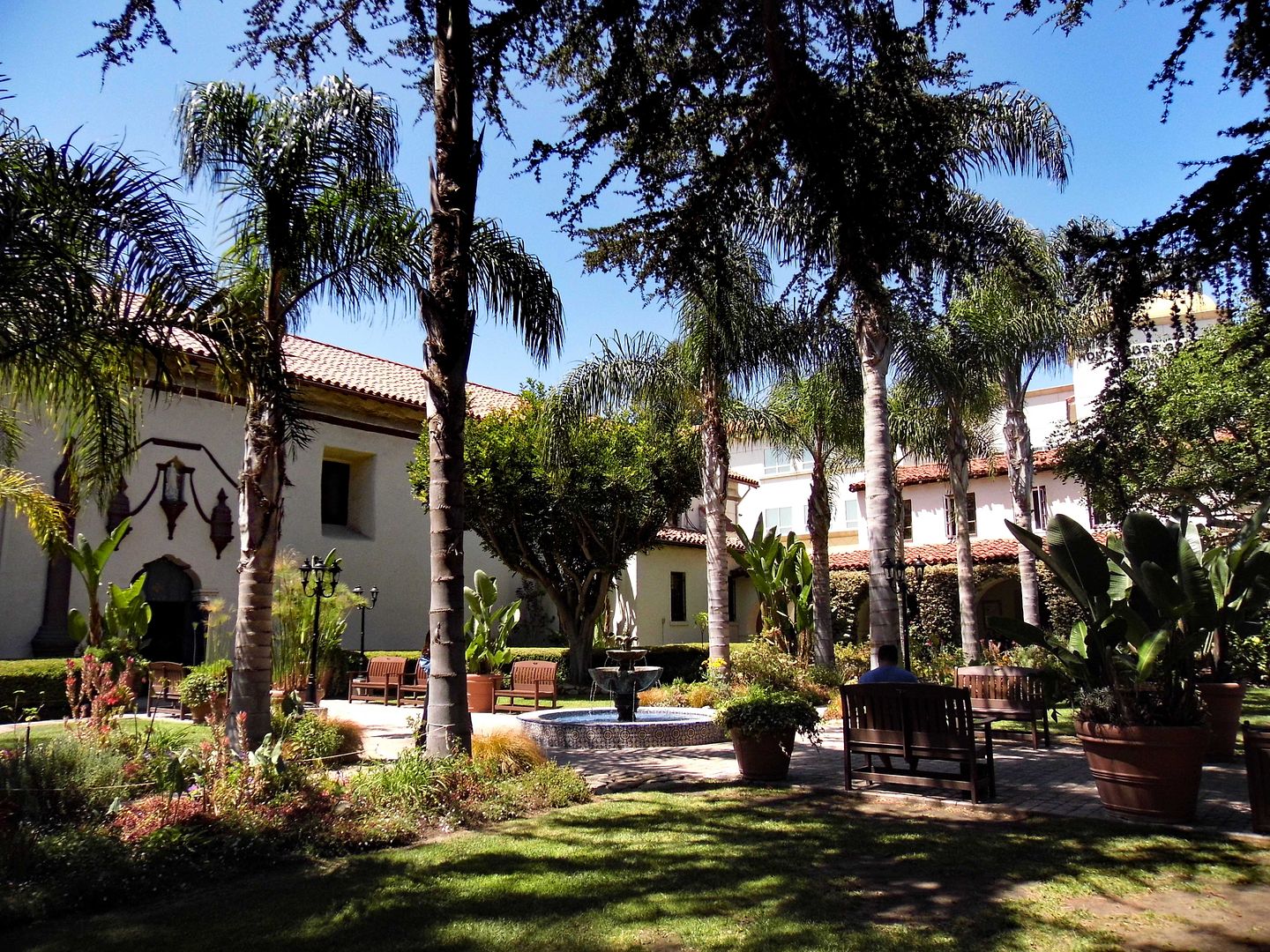
The garden courtyard is also original, though smaller than its original footprint...
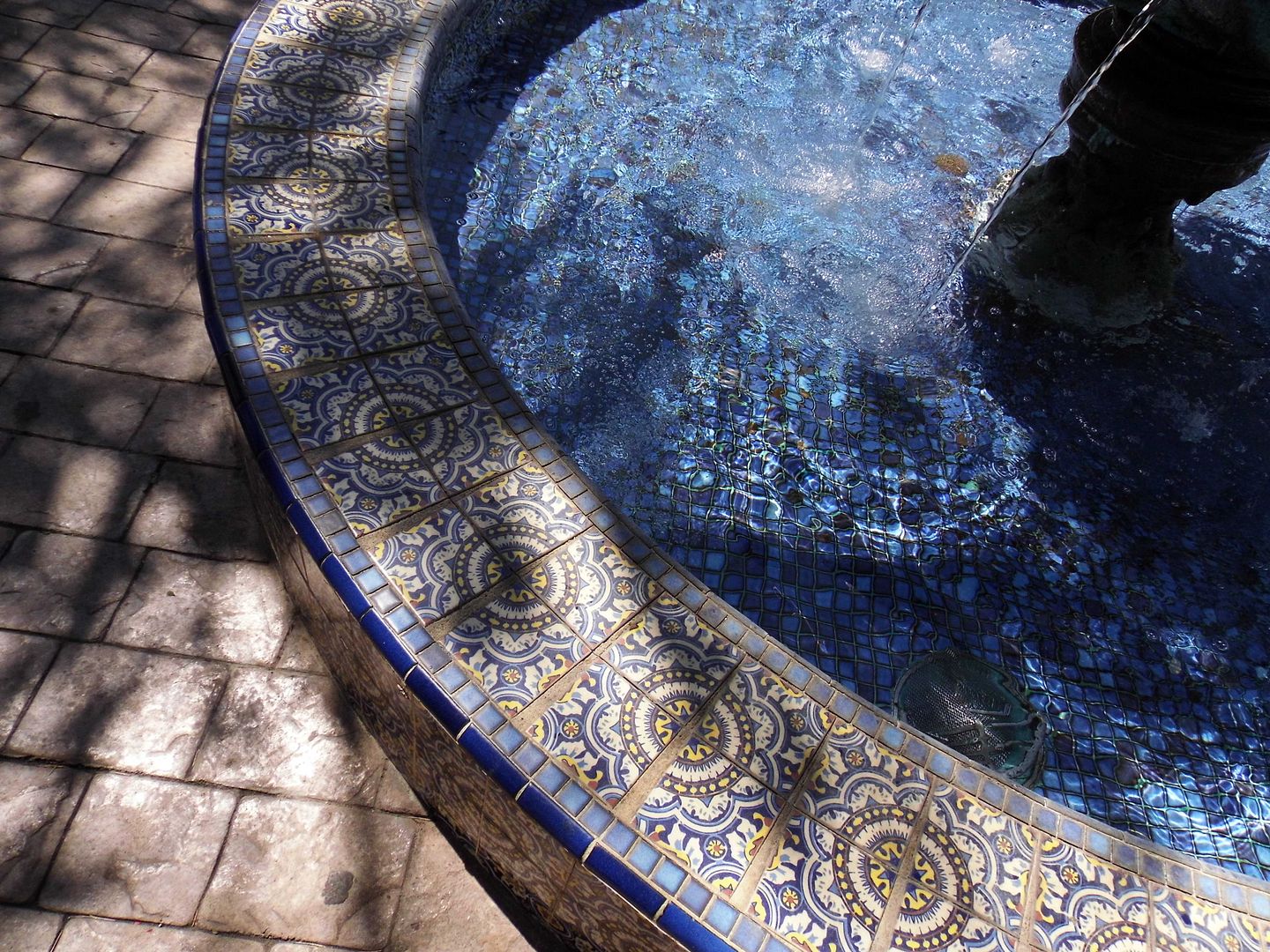
...with a tiled fountain...
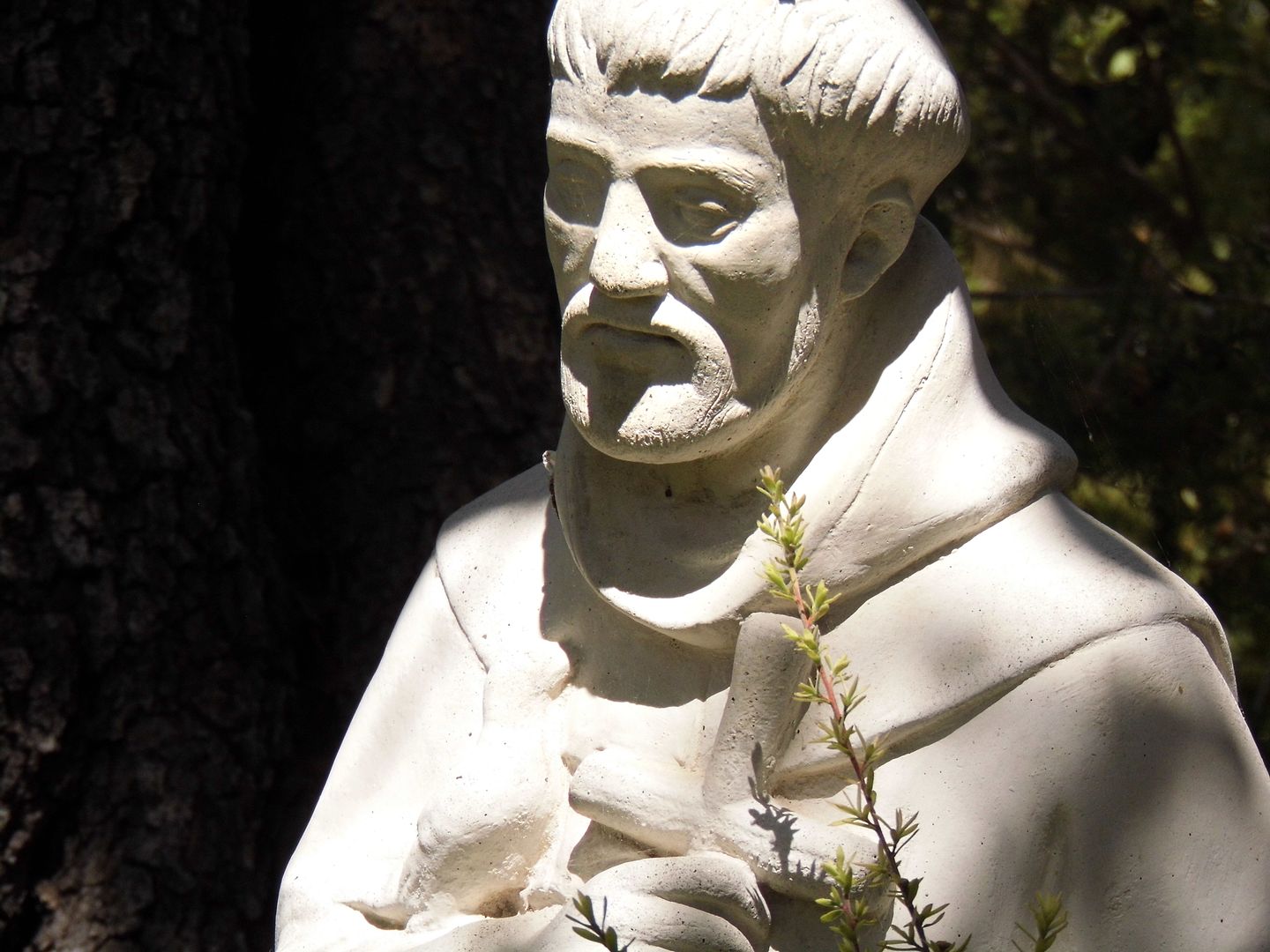
...and statuary.
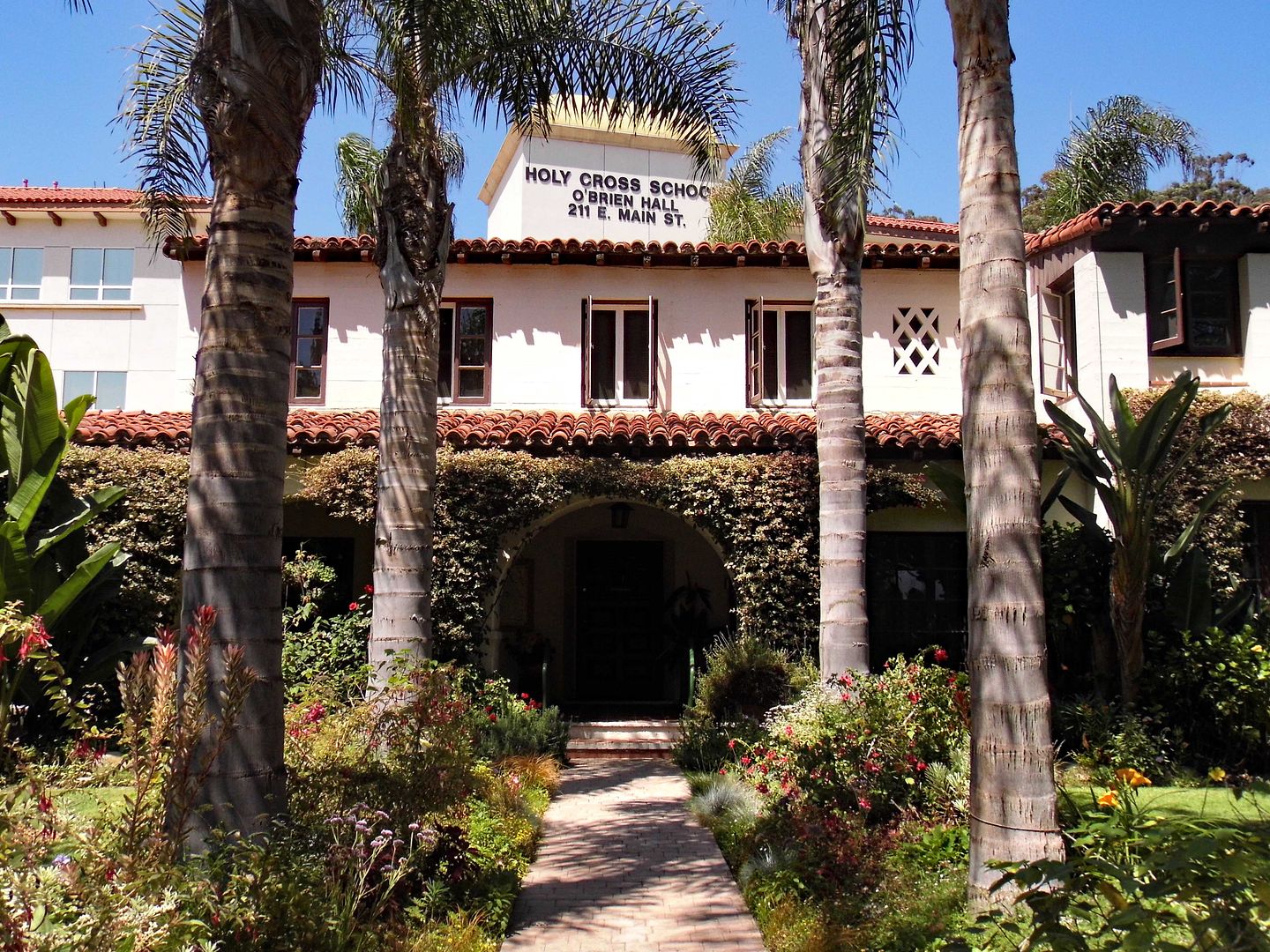
The mission campus today encompasses Holy Cross School, which dates back to 1922. It's not an original part of the mission, although the education of schoolchildren took place here as early as 1829.
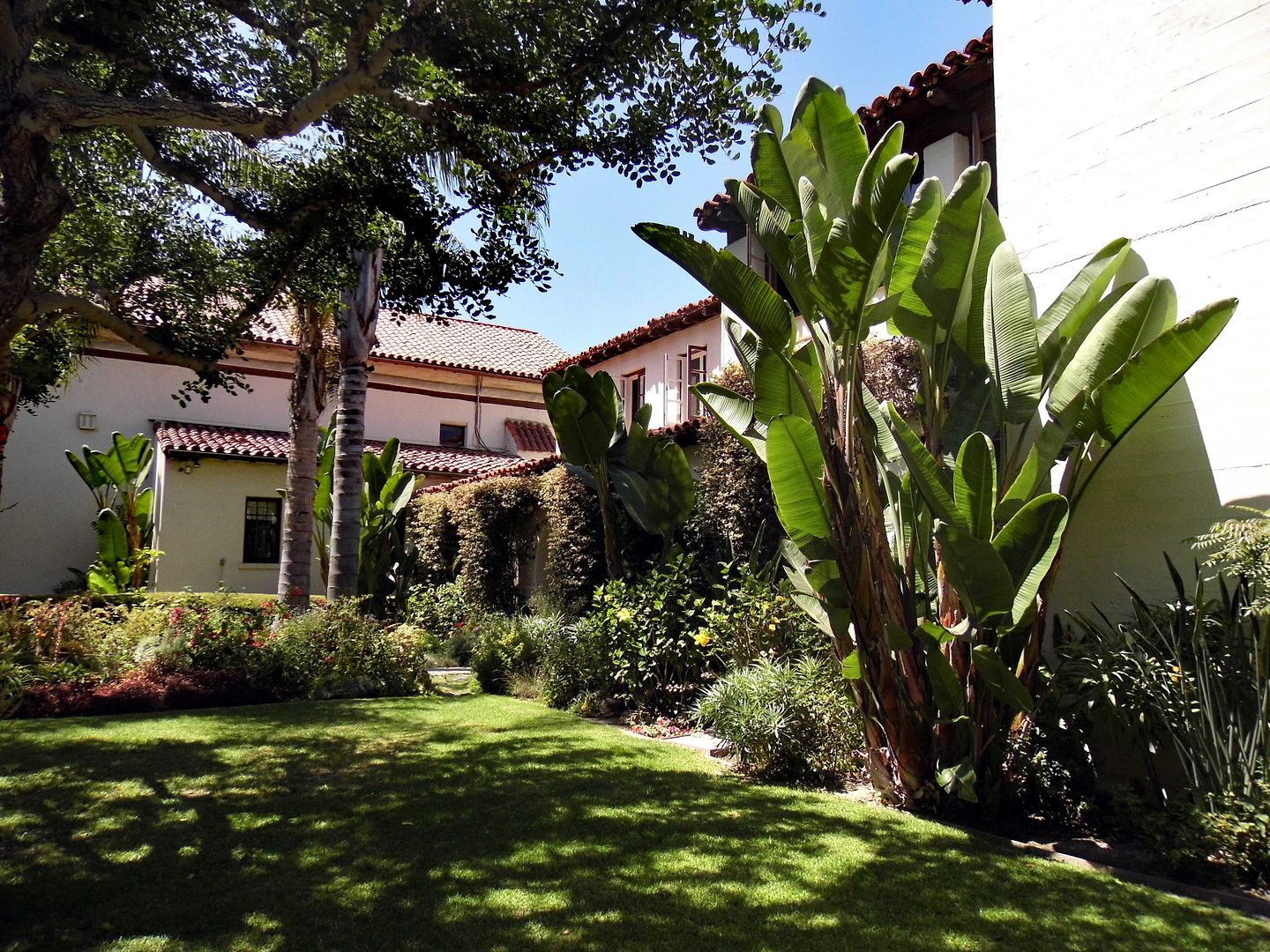
Its first home—now the parish office building—was built on top of an abandoned cemetery from which coffins were relocated. But since Chumash tradition was to be buried in shrouds, their remains... remained.
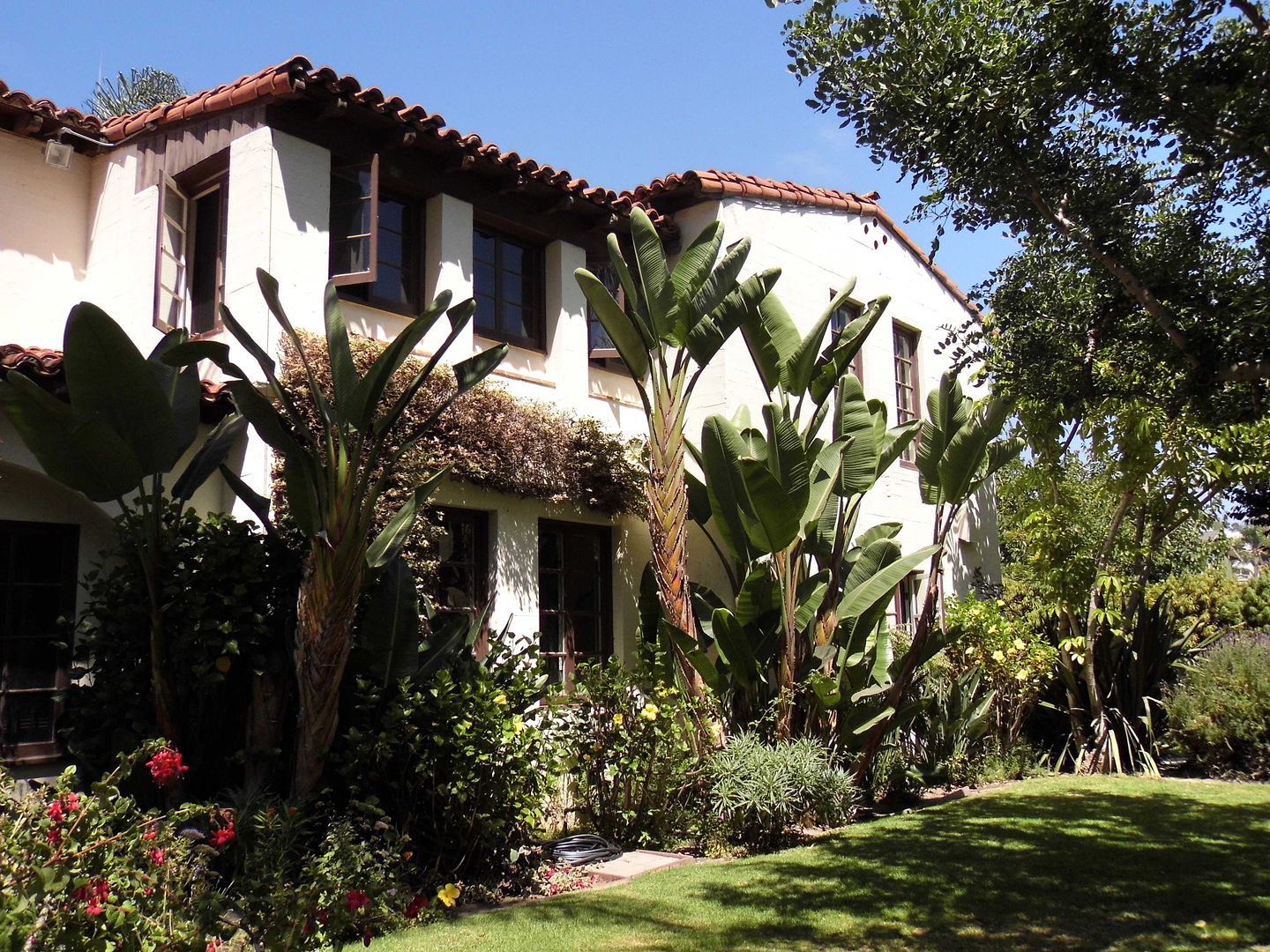
This "Mission by the Sea" has survived the threat of a pirate attack in 1818, multiple earthquakes (including the 1857 Fort Tejon earthquake), and a "seismic sea wave" from the 1812 Ventura earthquake (which was estimated between 10 and 50 feet high).
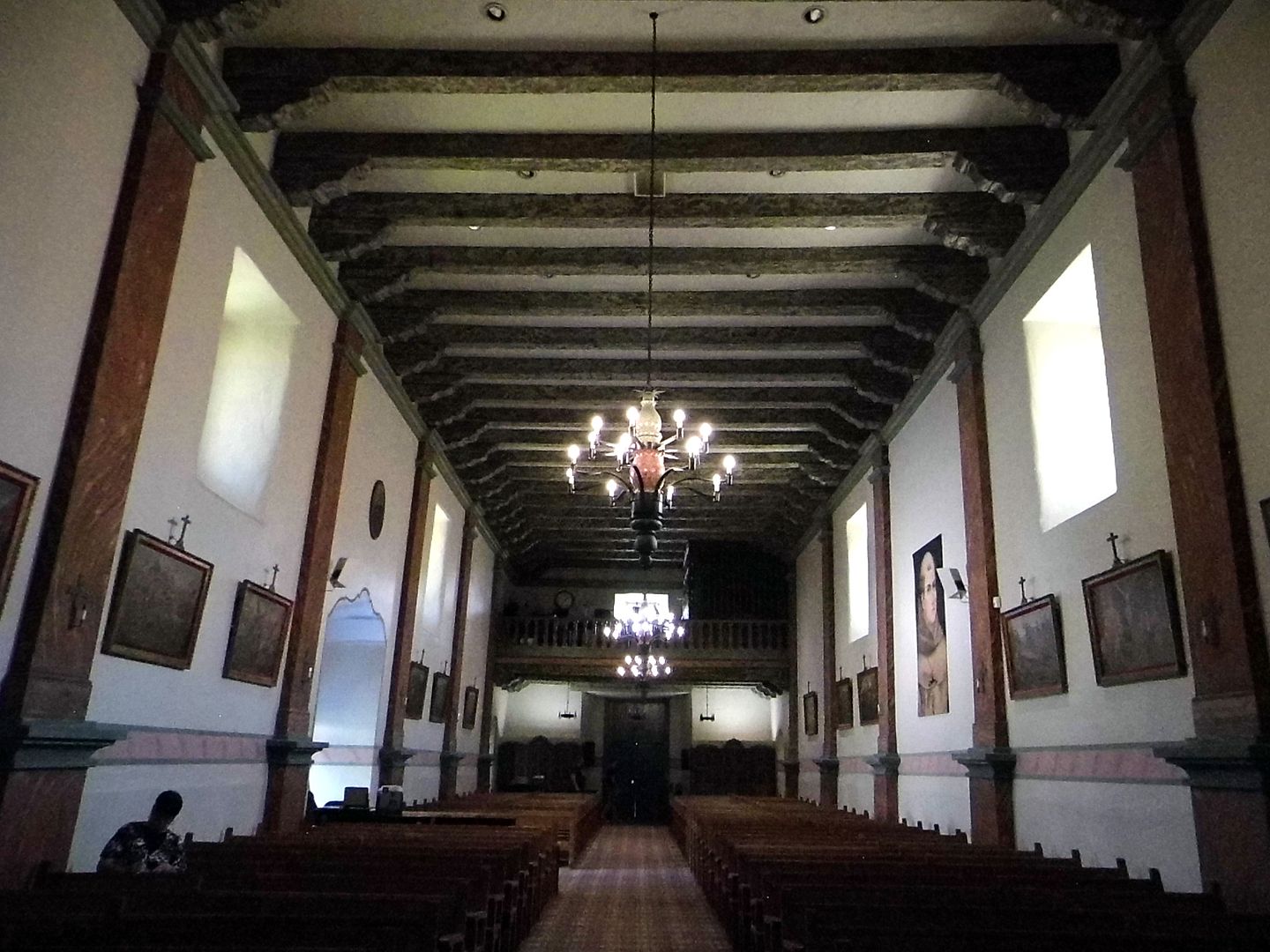
The extant chapel is actually the second built, as the first was destroyed by fire in 1793. This one was dedicated in 1809.
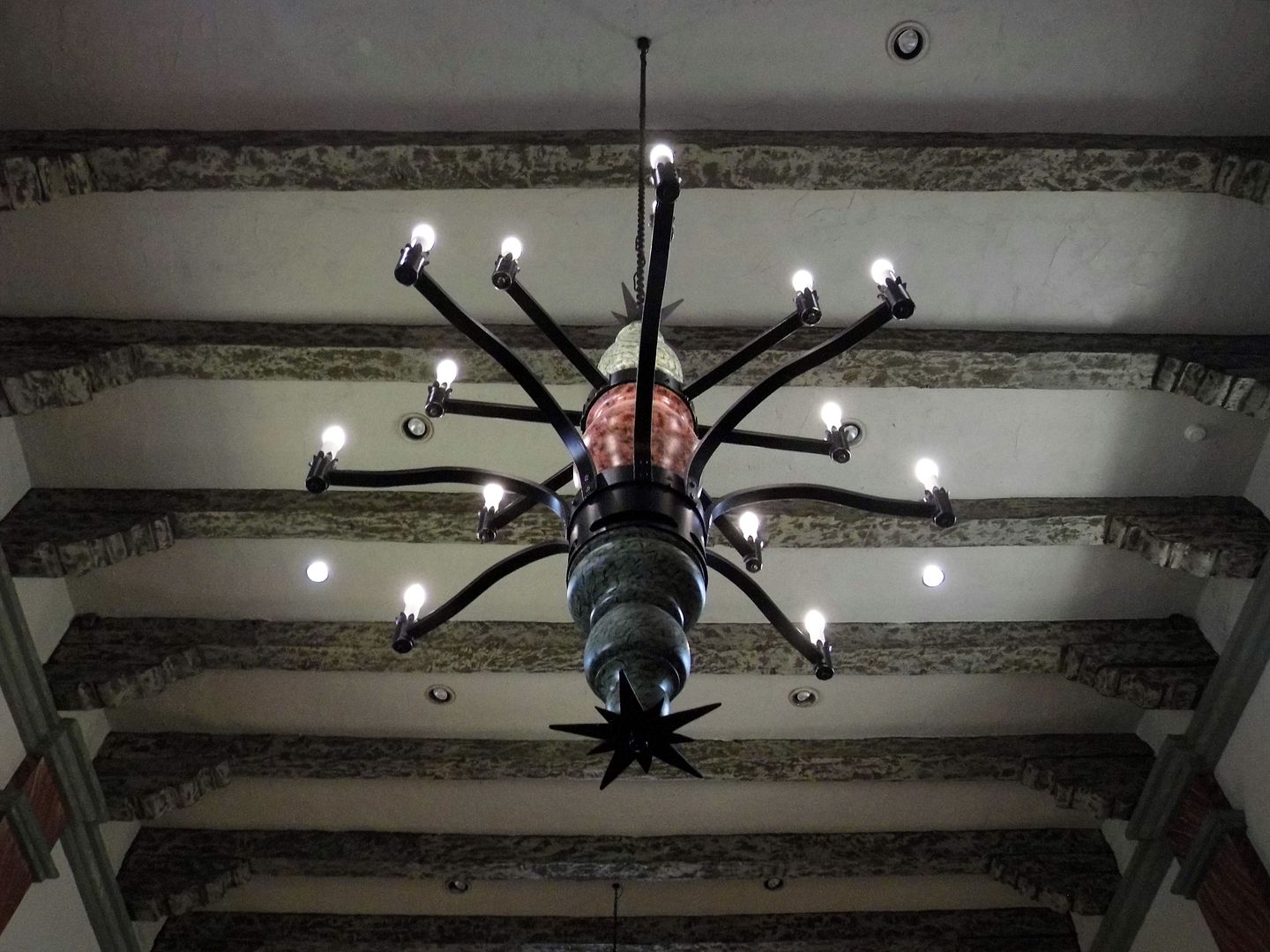
Despite being secularized by the Mexican government in 1836, the mission church today serves an active Catholic congregation thanks to its reconsecration by the American government (technically, President Lincoln) in 1862.
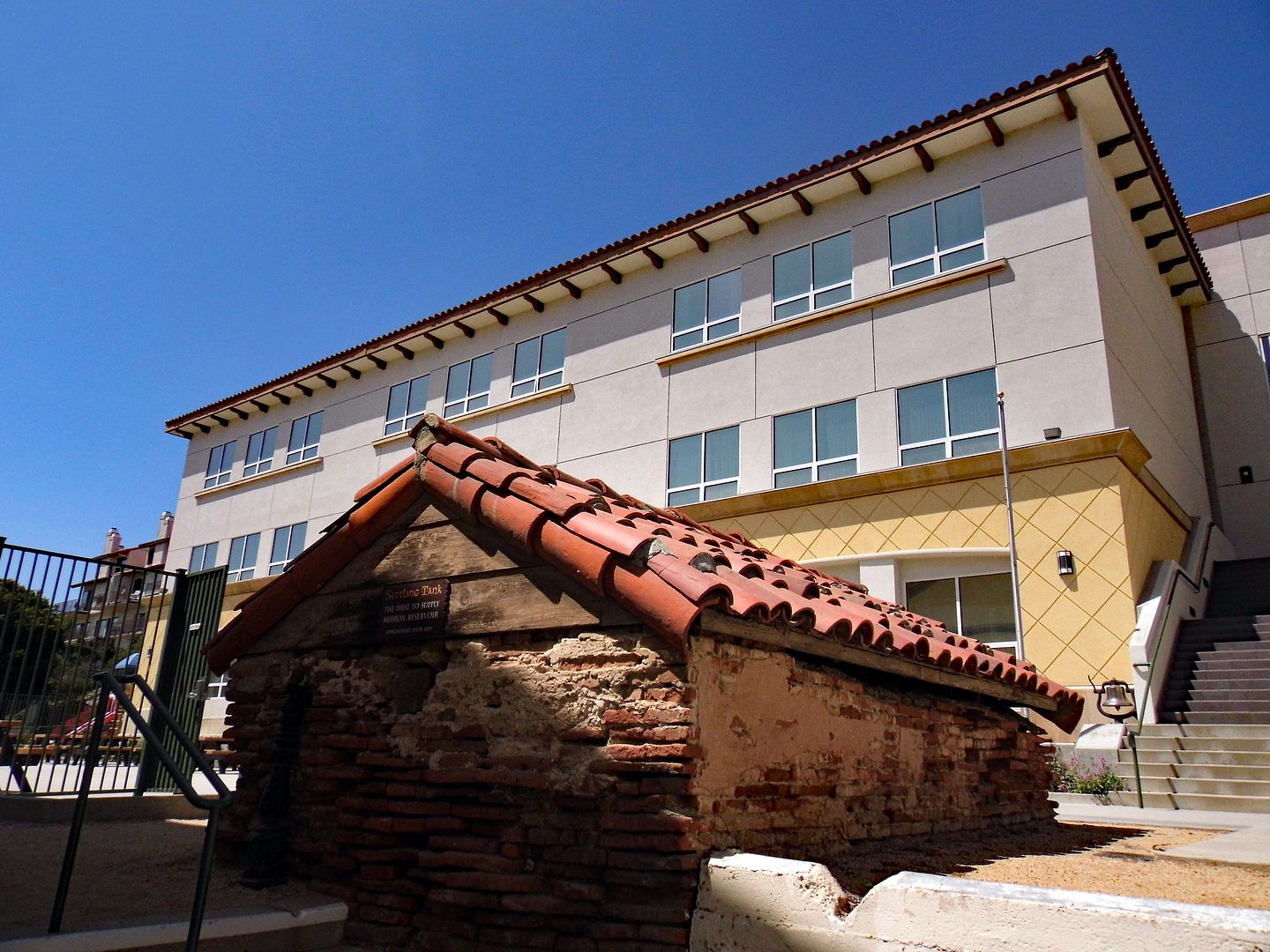
The Mission San Buenaventura is also at the center of a significant archaeological site and includes ruins of the former Mission Aqueduct—including a filtration building and settling tank (circa approximately 1829).

The aqueduct (a.k.a. zanja), which was of course built by Chumash laborers to bring water to the mission from the Ventura River, once extended for 7 miles—but very little of it remains today, especially after the Great Flood of 1862 washed much of it away.
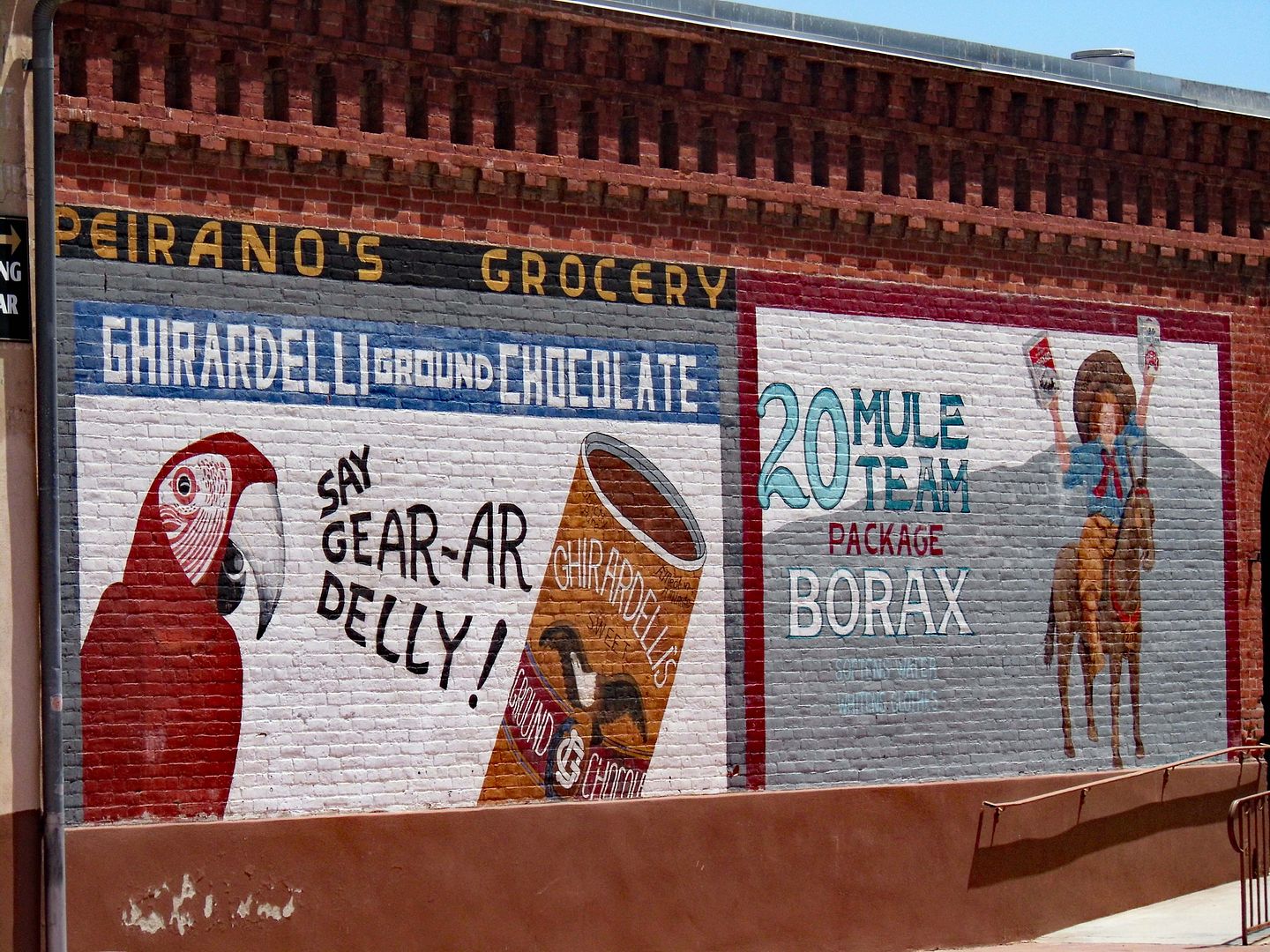
The nationally-landmarked historic district known as "Mission San Buenaventura and Mission Compound Site" also includes the Peirano Grocery building across Main Street—where, in 1991, remnants of the mission's lavanderia (wash basin, or primitive laundry facility) were discovered in the basement.
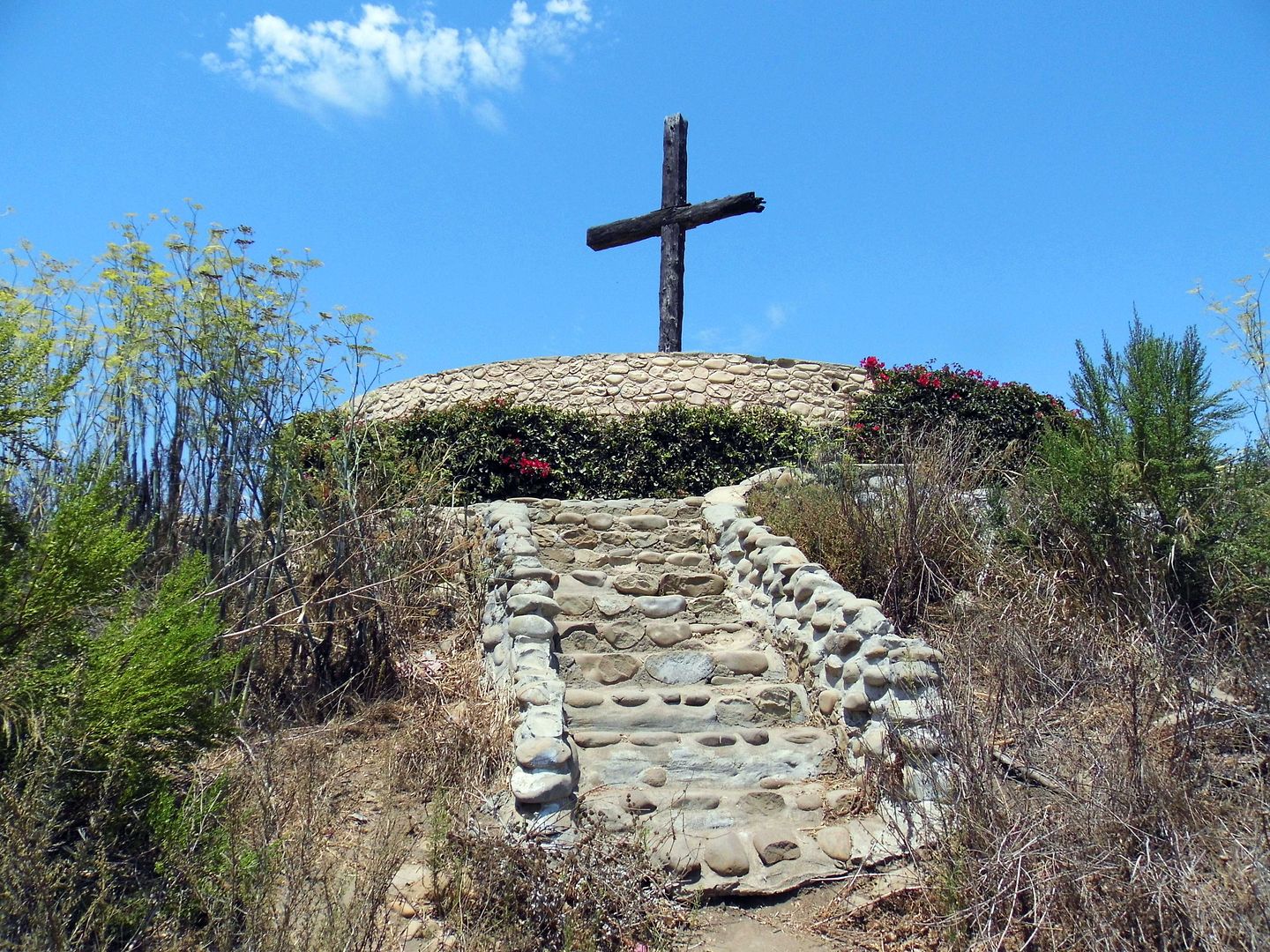
Up on the hill above the mission—outside the "Compound Site" but a landmark site in its own right—Father Serra erected the "Mission Cross" in 1782, the year of the mission's opening. The hill was henceforth known as "La Loma de la Cruz" ("The Hill of the Cross")—though today, the 1-acre plot the cross stands on is known as Father Serra Park.
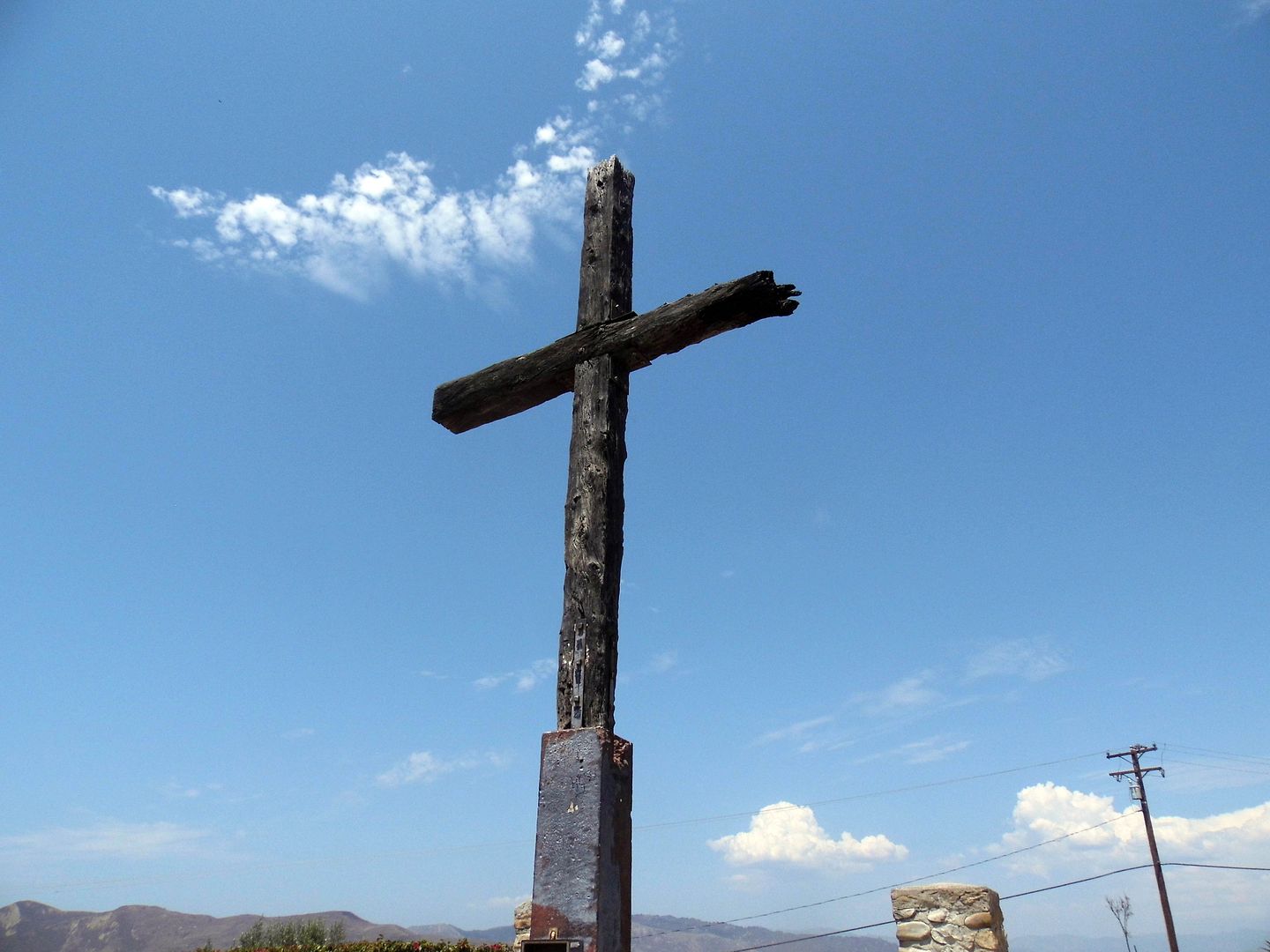
It's owned by the Serra Cross Conservancy since 2003—the only way such a religious symbol could stay within the bounds of Grant Park while maintaining the separation of church and state.
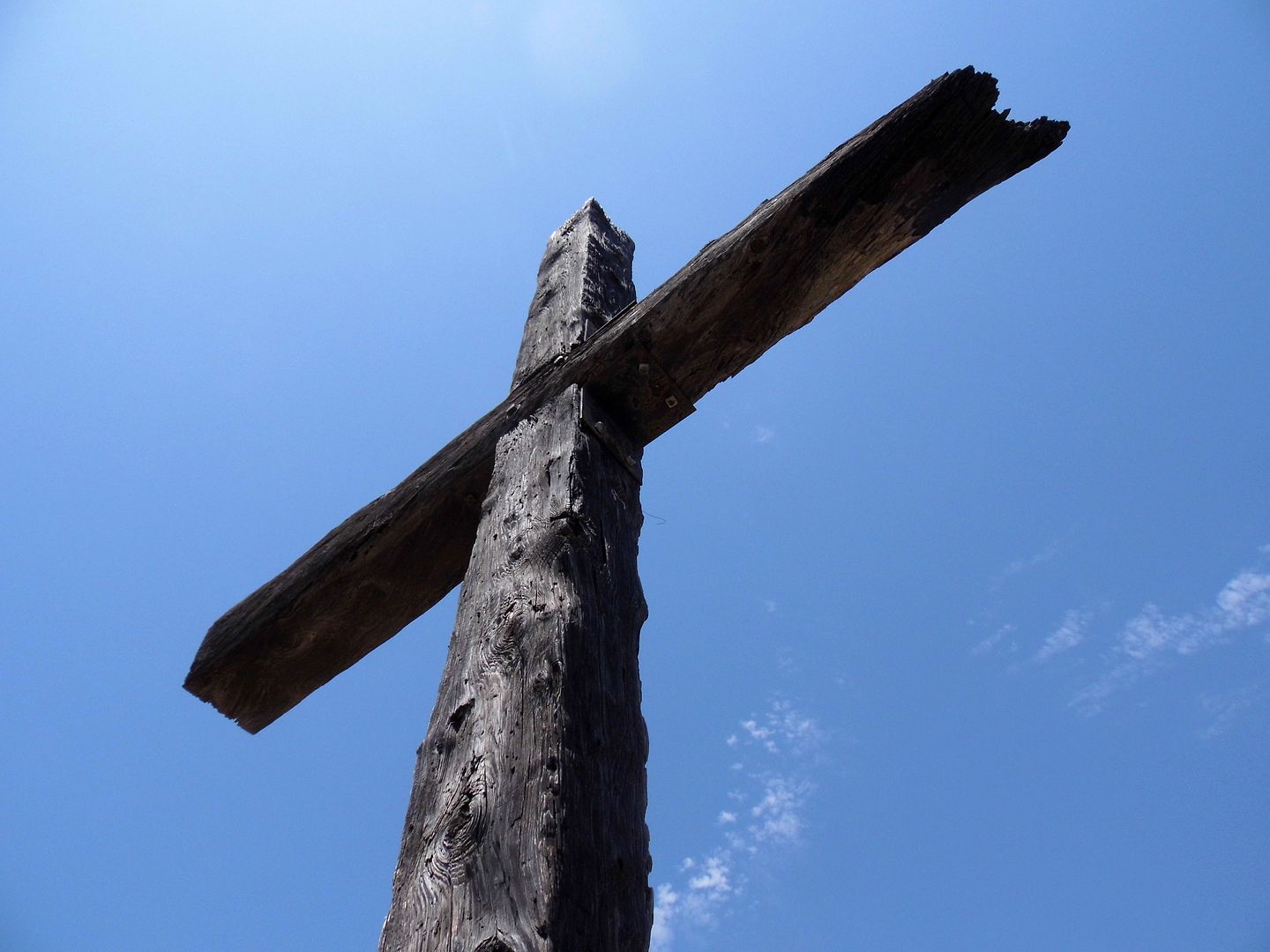
It's not the original cross, of course. Fire and wind have taken down its predecessors. This one dates back to 1941—and it's still holding on for dear life, despite having been licked by the flames of the Thomas Fire.
Unlike most of the other California missions, the Mission San Buenaventura was never abandoned or even vacated—so it never suffered at the hands of vandals or squatters (or found itself too tightly in the grip of the elements).
It's also one of the few to remain at the center of the city that built up around it. Ventura's City Hall is just a couple of blocks away. And Main Street, which runs right in front of the mission, is very much the main thoroughfare of Downtown Ventura.
All mission photos above were taken in 2017. Serra Cross photos circa 2020.
Related Posts:

No comments:
Post a Comment